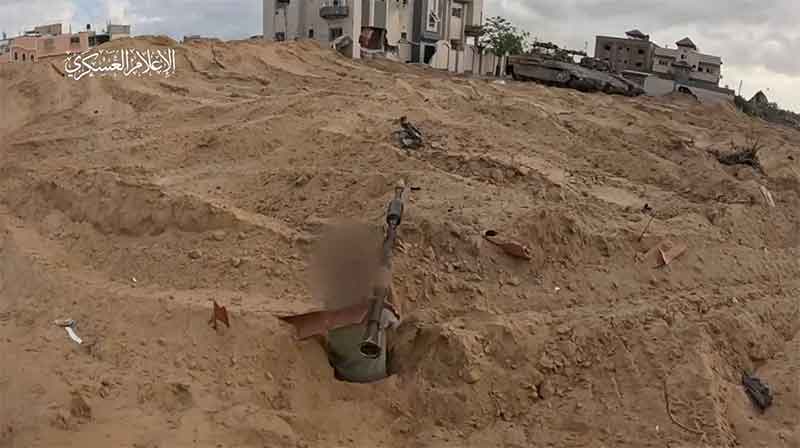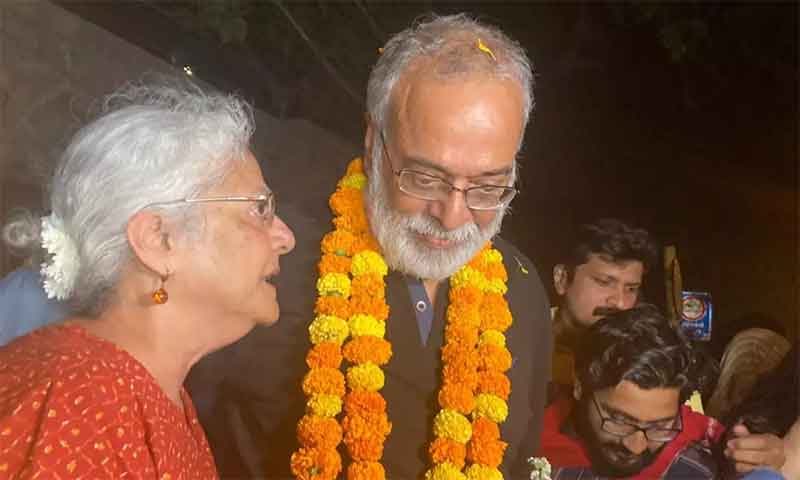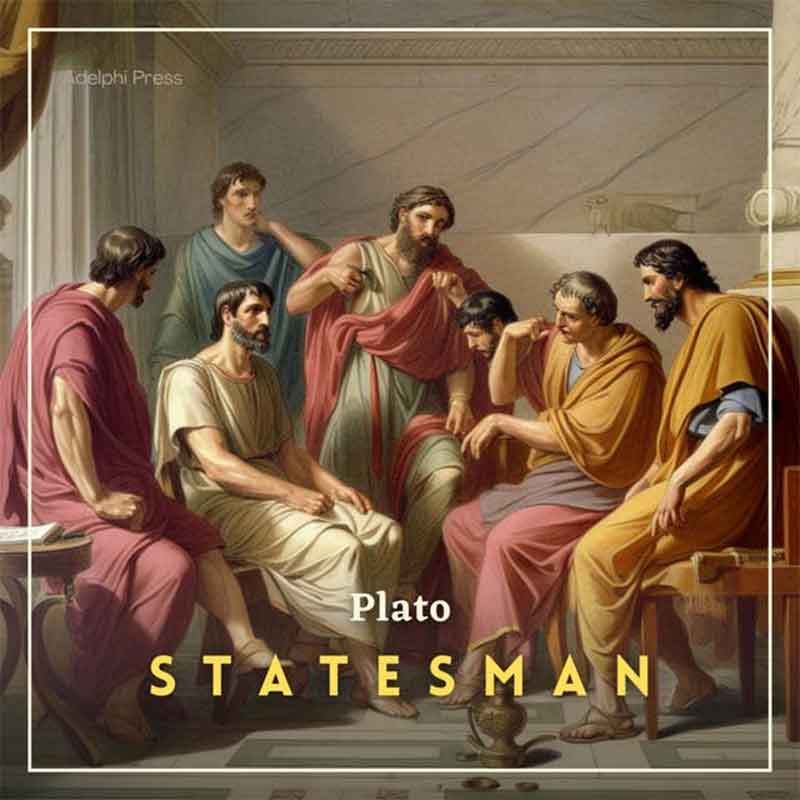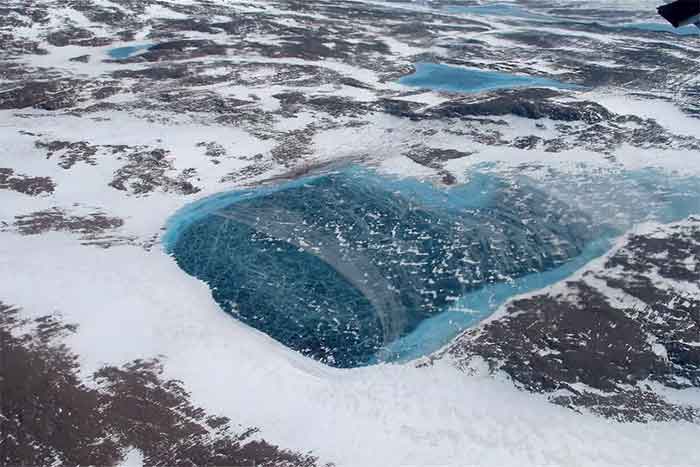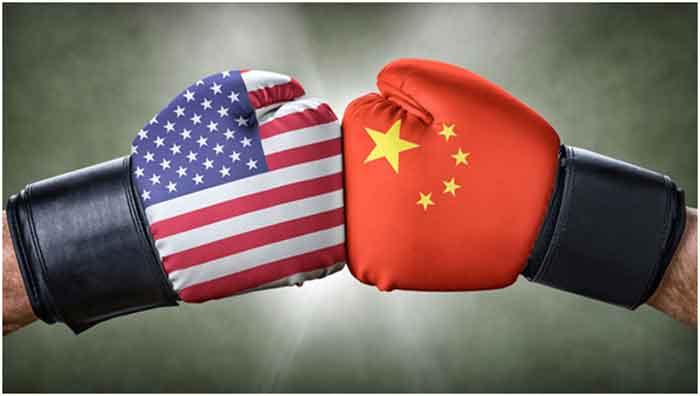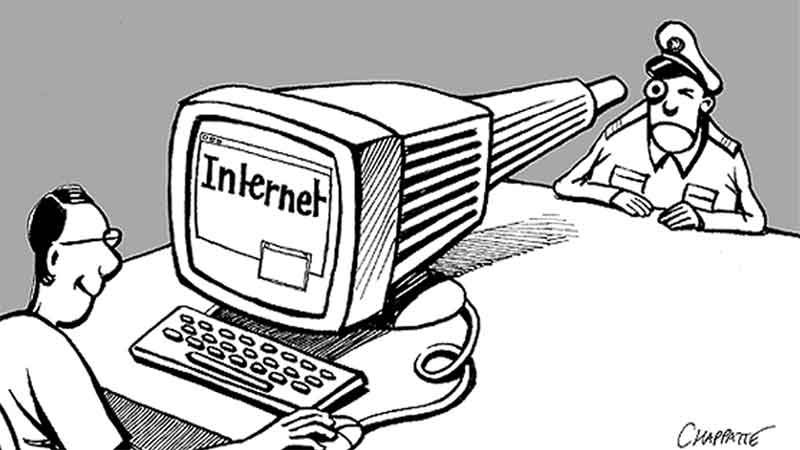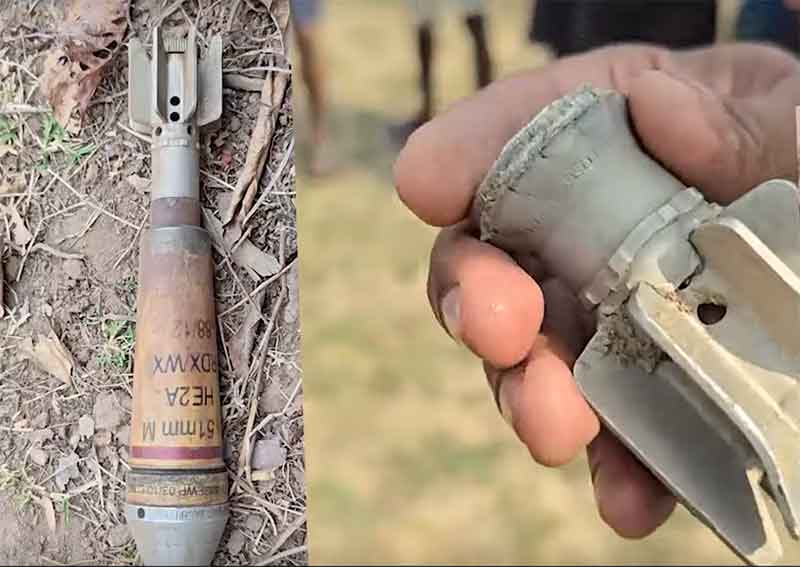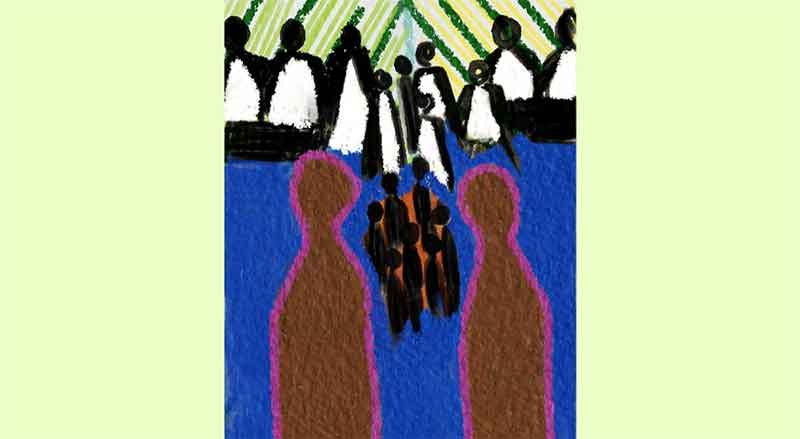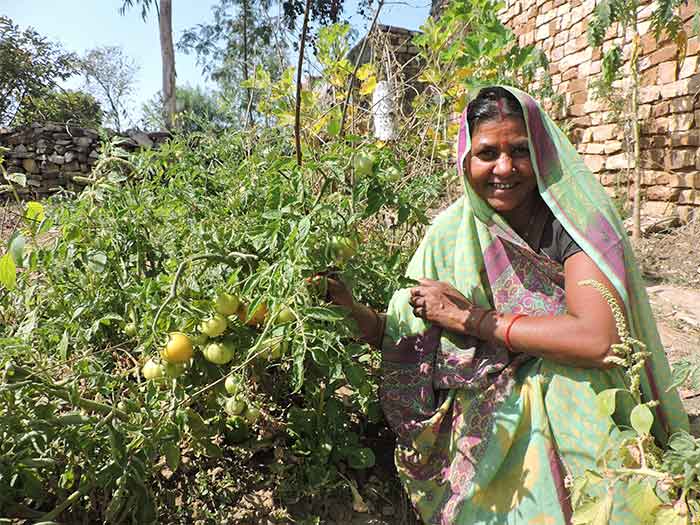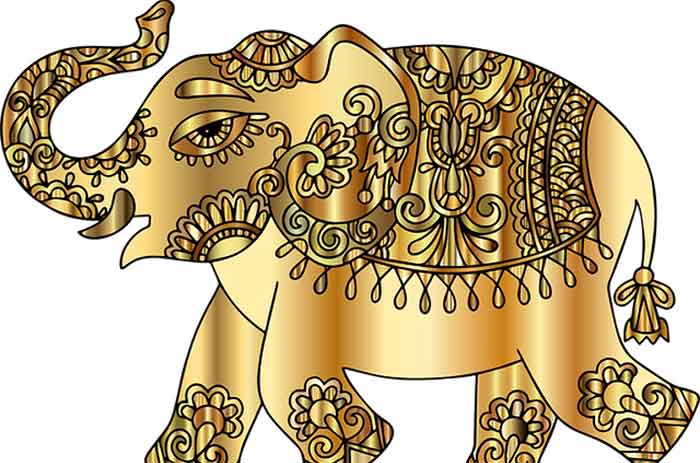
A 2018 paper by Bar-On, Phillips, and Milo in PNAS contains a fascinating figure (Figure 1) that bears staring at for some time. It shows the dry carbon biomass distribution of various forms of life on Earth. Plants account for 450 Gt (giga-ton; 1012 kg) of mass, while the sum of all animals adds to 2.5 Gt. Humans comprise only 2.4% of animal mass on the planet, but that’s almost ten times as large as wild mammal mass. Add human livestock (outweighing human mass) and wild mammals are only 4% of the human-livestock-mammal trio.
But this post is heading somewhere else: lament about the un-wilding of the planet on your own time (kidding aside, please do!). Let’s start by considering the following question. Which do you think is more valuable: the web of living animals on this planet, or all the gold accessible in the ground? If given a choice to eliminate one and preserve the other, which would you choose? Gold, among Earth’s mineral stocks, is used for this question because it has served as a physically-based monetary standard for many cultures throughout time.
What follows has absurd elements to it, but hopefully in forgivable service of a larger point about the value of life on this planet and in shining a glaring spotlight on current human values.
Comparative Value
Notice that food labels, listing metabolic content and essential vitamins and minerals never mention gold: no recommended daily allowance. I point this out to justify the separability in the choice posed above: it seems that it is possible to have one without the other. Gold does not appear to be essential to the preservation of animal life on the planet, and of course gold doesn’t give a flip about whether animals exist. So I ask again: which is worth more to you as an individual, and to the human race?
I think it is far easier to argue that humans can survive and thrive without gold than to argue that we could exist without a single non-human animal participating in the web of life on this planet. Humans did not evolve in isolation, even if we partition ourselves in our narcissistic brains as being special, removed, above it all—certainly not mere animals. The intertwined ecosystems on this planet are evolved on the premise of animal existence, so that plants require services of animals to fulfill functions like pollination, seed dispersal, soil maintenance, and god knows what else. Remove the animals, and I suspect the rest of the ecosystem comes crashing down, taking humans with it.
Okay, then provisionally we’ll say that animals carry more value than all the accessible gold.
Now a neat quantitative coincidence falls into our laps. The mass of gold under land to a depth of 6 km (as deep as we might imagine mining) is about the same as the (wet; living) mass of animals: 10 Gt—4 times higher than dry carbon mass. This derives from gold’s crustal abundance of 4 parts per billion (by mass), about 150 million square kilometers of land, and crustal density around 3,000 kg/m3.
Having concluded that animal life is more valuable than gold, and that the masses are effectively the same, we conclude that animals are at least worth their weight in gold—if not considerably more.
Mayhem
That’s cute, but here’s where it gets ugly. Gold is valued at about $2,000 per ounce, or about $60,000 per kilogram. A large-ish gold coin is about an ounce, and therefore worth about $2,000. Imagine, for the sake of absorbing the meaning of this valuation, that every time an animal was destroyed, it left behind a pile of gold coins of equal weight—capturing the conclusion above that the value of the animal is at least that of gold. It’s like a video game where some quarry is made to go poof, turning into floating coins that make a satisfying bling sound.
What do you think would happen in that magical world? People would be out of their gourds looking for animals to smash. It would be bedlam. I don’t enjoy sharing the following mental images, but I want to make sure the horror that runs through my head is not lost on the reader. Stomp on a frog: bling bling. Shoot a bird innocently hulling seeds at a feeder and more than seed husks and feathers scatter to the ground: gold coins drop as well. Swerving to hit a deer easily pays for damages to your car. Larger animals are a windfall—a lifetime of earnings. Can you imagine the mad rush on elephants ($60M) and whales ($2B)? How do you think our house pets would fare?
And OMG, before the frenzy even gets under full sway some will recognize that humans are no more than animals, and contribute to 10 Gt total animal mass. What is your body’s worth, at $60,000/kg?
It’s a truly dismal thought. Of course, not every individual would act to cash out the animals, but surely enough money-mad people would exist to have a devastating impact. The purpose of taking readers into this dark place is to highlight how completely misguided our values have become. Earth, and the life inhabiting a thin shell surrounding it, is of incalculable value. Yet we make almost all of our decisions, collectively, based on a dollar amount that does not come close to capturing the value of nature. It is juvenile folly.
In our Mad-Max life-purging scenario, how long would it take before the survivors—giddy on their piles of gold—recognized their foolishness? What, of value, could they possibly buy with all this gold? No amount of money can recreate life. We’re not that smart. We’re the first species smart enough and powerful enough to destroy much of creation, but nowhere near smart enough to effect creation of life on our own. So be careful, there.
Flaws and Fixes
Some may object that a $60,000 chicken (1 kg of gold) is too outlandish to take seriously, and that the flaw lies in the fact that we can’t easily access all the gold atoms within 6 kilometers of the surface. If we could, the value of gold would surely be far less. But I would say that’s another way to make the broader point. No accumulation of material resources can hold value comparable to that of animal life, since we can’t trade in the direction of creating lost life (extinct species).
An alternative would be to compare the value of all our stuff: buildings, infrastructure, machinery, vehicles, and possessions. How much money would it take to replace every scrap of our “valuable” things if a tornado wiped it all off the face of the earth (miraculously sparing all life)? One way to answer is that it would take a long time to recover from something that catastrophic. In order-of-magnitude terms, maybe between 10 and 100 years—if not longer. We’ll say 60 years for comparative convenience. 60 years of global GDP is about 6 quadrillion dollars. If we again conclude that all animal life on the planet is more valuable than the sum-total of our dear stuff, then we’re at $600 per kilogram ($6 quadrillion for 10 Gt of animal mass), which is 100 times less than the flawed valuation of all gold down to 6 km depth. But still, a chicken is roughly $1,000, and an elephant will buy a $600,000 house. The mad rush is still on!
Take-Aways
Independent of the approach, or adjustments to make it more seem more reasonable, we probably always must conclude that life carries incredible, unappreciated value. Rather than getting hung up on the quantitative absurdity, try walking away with the following, more robust conclusions:
- Surely, the sum of animal life on Earth is worth more to us than any mined commodities—or even all of them combined! Consider that we’re not lusting after barren Mars—at least the sane or emotionally mature among us are not. It’s life that makes Earth especially special for humans.
- Given this high valuation of animal life, imagine the deplorable behaviors that would result if animal value could be monetized by its destruction. While this is mercifully not directly the case, the thought experiment exposes our twisted prioritization of an artificial and ultimately disastrous economic edifice over the splendid and life-sustaining natural world—which is the real treasure.
Flipping the Script
Now imagine for a minute the opposite conjecture, in which financial advantage accrued to those who protect and preserve wild animals and ecosystems. Instead of a rush to destroy, people would be falling over themselves to reverse our destruction and create more wild space and biodiversity. It’s worth imagining ways this might be brought about, as such a construct is more closely aligned with an ultimately successful future.. Currently, our economy is structured backwards: there’s no money (financial profit/gain) in restoring resources and wild spaces: just in hacking them down and exploiting the great inheritance. Perhaps more troublesome is the inherent human desire to acquire personal stuff, so that the only reason to make money in the first place is to be able to afford personal gain at the expense of some unseen parcel of nature. Maybe prioritizing nature over ourselves will always be hard, and against our core programming.
Additional Perspective
For what it’s worth, I took a stab at a crude dollar value of planet Earth in Box 19.1 of the Energy and Human Ambitions on a Finite Planet textbook. The sums are staggering, amounting to something like a million times annual global world product. Even if the approach is dubious and raises quibbles, the margin is large enough to still make the point: the real treasure is Earth and its biology. As Box 14.3 in the textbook points out, all life on Earth would compress to a 4 mm uniform layer across the planet, emphasizing how thin and precious life is. Compared to the real value of earth and its organisms, our minuscule annual economy is like a flea on the dog, yet our decisions are always about maximizing short-term gain for the flea, as if it’s all that matters. Without the dog, the flea loses any worth it presumed it had.
Originally published by Do the Math
Tom Murphy is a professor of physics at the University of California, San Diego. An amateur astronomer in high school, physics major at Georgia Tech, and PhD student in physics at Caltech, Murphy has spent decades reveling in the study of astrophysics.
GET COUNTERCURRENTS DAILY NEWSLETTER STRAIGHT TO YOUR INBOX










